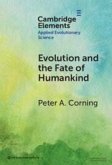

16,95 €
Sofort per Download lieferbar
Ähnliche Artikel
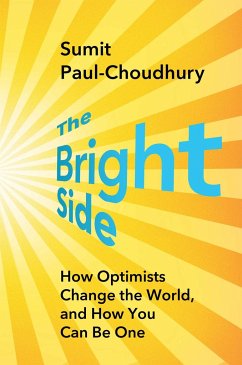
24,99 €
Versandfertig in über 4 Wochen
Gebundenes Buch
How Optimists Change the World, and How You Can Be One
7. Januar 2025
Scribner Book Company
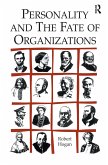
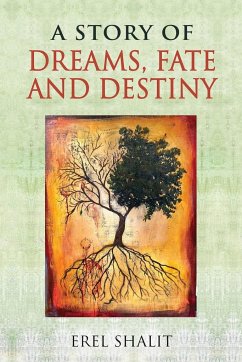
![A Story of Dreams, Fate and Destiny [Zurich Lecture Series Edition] A Story of Dreams, Fate and Destiny [Zurich Lecture Series Edition]](https://bilder.buecher.de/produkte/58/58845/58845168n.jpg)
Broschiertes Buch
6. August 2020
Chiron Publications
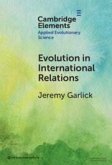

Gebundenes Buch
Modularity, Language and Meta-Cognition
28. April 2007
Cambridge University Press
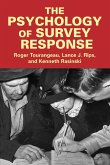
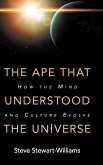
29,99 €
Versandfertig in 1-2 Wochen

27,99 €
Sofort lieferbar
Gebundenes Buch
Atrocities and the Brain Science of Obedience
12. September 2024
Cambridge University Press
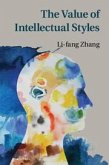
Ähnlichkeitssuche: Fact®Finder von OMIKRON
